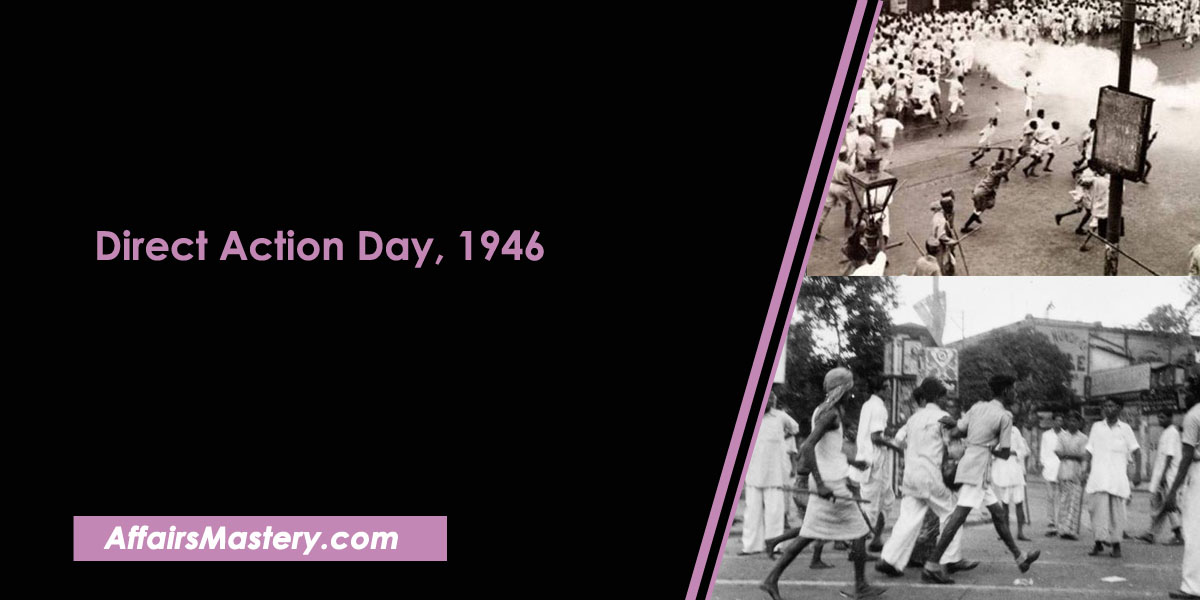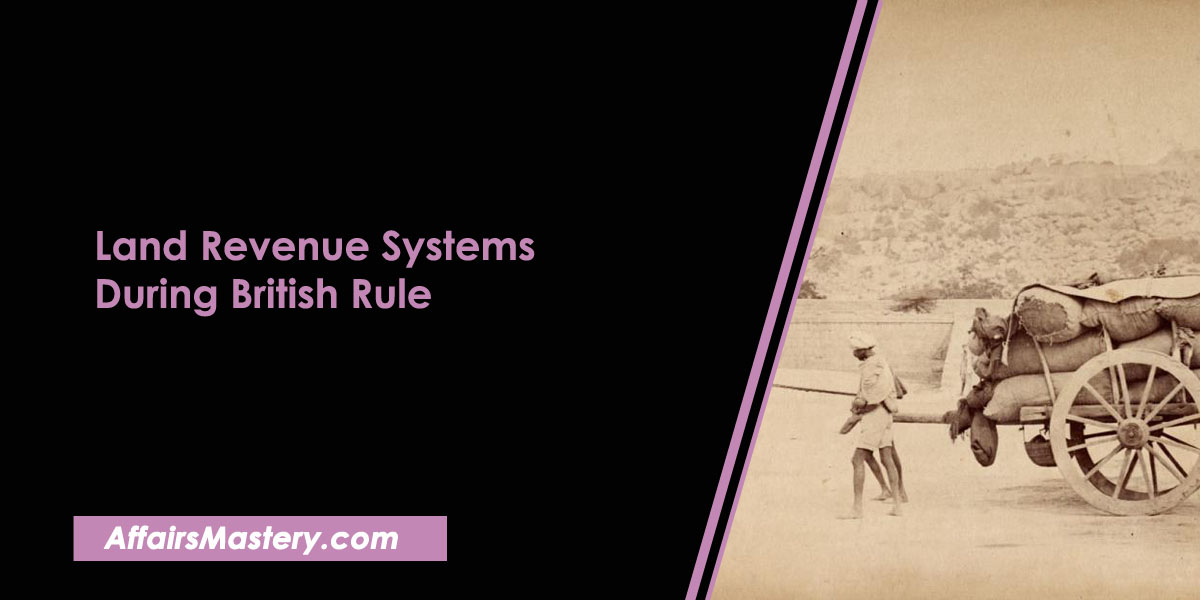Direct Action Day 1946: Important Short Notes for Exams
Direct Action Day, 1946. Muslim League launched the Direct Action Day campaign in order to create a separate nation called Pakistan, which would be an independent state for Muslims. Jinnah seen it as necessary due to religious and cultural differences between Hindus and Muslims at that time. From the perspective of an examination like State exams, SSC, Banking, Railways and any other One Day exam, all the necessary facts and information are listed below.
About
- In July 1946, Jinnah proclaimed that the Muslim League was ‘preparing to launch a struggle‘ and that they ‘have a chalked out a plan’.
- Jinnah had decided to boycott the Constituent Assembly.
- He rejected the British plan for transfer of power to an interim government, which would combine both the Muslim League and the Indian National Congress.
- He declared that if the Muslims were not given their own nation of Pakistan, then he would take drastic measures and launch a ‘Direct Action’ campaign.
- On the next day, Jinnah announced 16th August 1946 would be ‘Direct Action Day’ for the purpose of winning the separate Muslim State.
- Against this backdrop, the protest triggered massive riots in Calcutta. This Violence sparked off further religious riots in the surrounding regions of Noakhali, Bihar, United Provinces, Punjab and the North Western Frontier Province.
- These events were the catalysts and sowed the seeds for the eventual Partition of India.
Outcome
- On ‘Direct Action Day’, a series of violent acts began that lasted for several days, which was later referred to as the “Week of the Long Knives“.
- On the first day of the riots, a staggering 4000 individuals lost their lives due to murders, rapes, forcible conversions and thefts. It was an incredibly tragic event that left many people in despair.
- Suhrawardy has been accused by many of inciting the populace to violence and then failing to take action while serving as Chief Minister.
- Some have also accused Sir Frederick John Burrows, the Governor of Bengal, of not properly managing and taking control over the situation which has led to a lot of criticism.
- Additionally, prominent members of the Indian National Congress such as Mahatma Gandhi and Jawaharlal Nehru were appalled by the riots that occurred and expressed their shock at what had happened.
If you find our content helpful and interesting, please consider joining us on Telegram @affairsmastery_official to show your support. We would really appreciate it!
Related articles
- Important Battles in Indian History
- Important treaties in Indian history
- List of Foreign Travellers who came to India
- List of Governor General of India and Viceroy of India
- Robert Clive – Important Short Notes for Exams
- Warren Hastings – Important Short Notes for Exams
- Lord William Bentinck – Important Short Notes for Exams
- Lord Canning – Important Short Notes for Exams
- Lord Mountbatten – Important Short Notes for Exams
- C. Rajagopalachari – Important Short Notes for Exams
- Lord Wavell – Important Short Notes for Exams
- Lord Linlithgow – Important Short Notes for Exams
- Lord Willingdon – Important Short Notes for Exams
- Non Cooperation Movement (1919-1922)
- Important Personalities related to Social Movements of India
- List of Important Personalities of Indian Freedom Struggle
- List of Important Books on Revolt of 1857 and their Author
- Important Leaders of 1857 Revolt and their places
- Constituent Assembly of India and its Composition: Important Short Notes
- Important Tribal Movements in India
- Interim Government of India, 1946 and its members
- Important Socio Religious Reform Movements in India – Short Notes
- Khilafat Movement (1919-1924) – Important Short Notes for exams
- Lucknow Pact, 1916 – About, Features, Outcome (Important Short Notes)
- C R Formula or Rajaji Formula, 1944 – About, Main Points (Important Short Notes)
- Wavell Plan, 1945 – About, Main Points (Important Short Notes)









